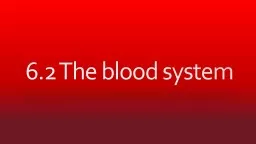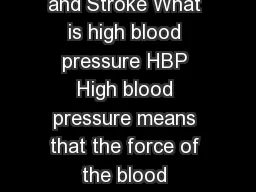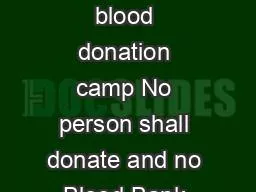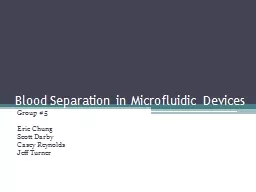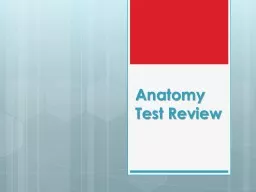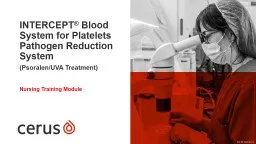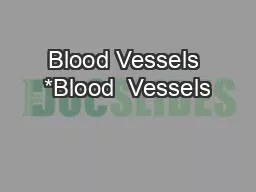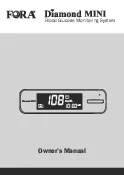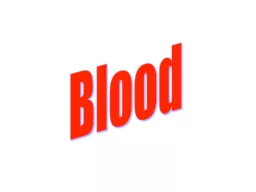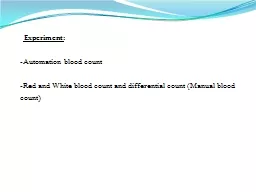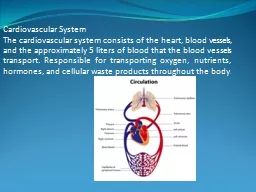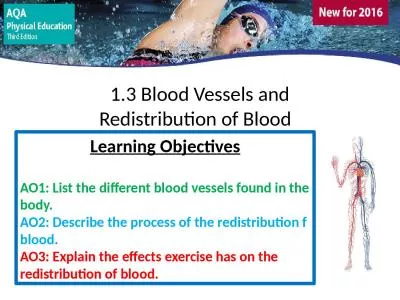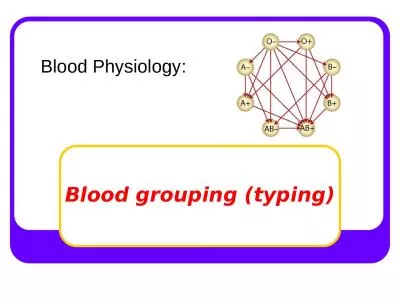PPT-6.2 The blood system
Author : alida-meadow | Published Date : 2016-03-08
Nature of Science theories are regarded as uncertain William Harvey overturned theories developed by the ancient Greek philosopher Galen on movement of blood in
Presentation Embed Code
Download Presentation
Download Presentation The PPT/PDF document "6.2 The blood system" is the property of its rightful owner. Permission is granted to download and print the materials on this website for personal, non-commercial use only, and to display it on your personal computer provided you do not modify the materials and that you retain all copyright notices contained in the materials. By downloading content from our website, you accept the terms of this agreement.
6.2 The blood system: Transcript
Download Rules Of Document
"6.2 The blood system"The content belongs to its owner. You may download and print it for personal use, without modification, and keep all copyright notices. By downloading, you agree to these terms.
Related Documents

